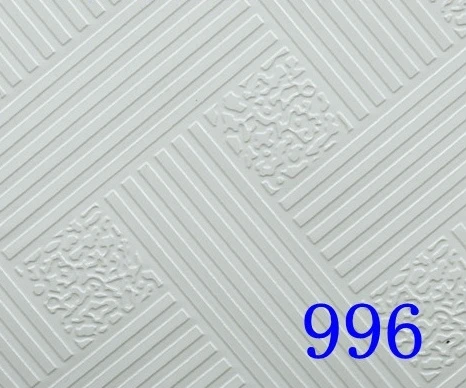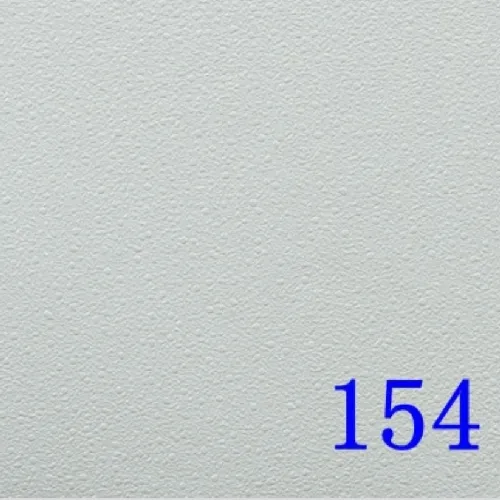- Afrikaans
- Albanian
- Amharic
- Arabic
- Armenian
- Azerbaijani
- Basque
- Belarusian
- Bengali
- Bosnian
- Bulgarian
- Catalan
- Cebuano
- Corsican
- Croatian
- Czech
- Danish
- Dutch
- English
- Esperanto
- Estonian
- French
- German
- Greek
- Hindi
- Indonesian
- irish
- Italian
- Japanese
- Korean
- Lao
- Malay
- Myanmar
- Norwegian
- Norwegian
- Polish
- Portuguese
- Romanian
- Russian
- Serbian
- Spanish
- Swedish
- Thai
- Turkish
- Ukrainian
- Uzbek
- Vietnamese
Eka . 02, 2025 23:51 Back to list
Durable & Modern Tee Grid Ceiling Systems - Easy Installation
- The structural fundamentals of modern grid systems
- Performance metrics and load capacity statistics
- Leading manufacturers technical comparison
- Custom grid configurations for complex architecture
- Case study: Hospital installation efficiency data
- Installation methodology and precision engineering
- Innovations in integrated ceiling design technology

(tee grid ceiling)
Optimizing Space with Tee Grid Ceiling Infrastructure
Modern construction requires precision-engineered solutions that combine structural integrity with design flexibility. Tee grid ceiling systems form the backbone of contemporary architectural spaces, from commercial complexes to institutional buildings. These modular frameworks consist of interlocking main tees and cross tees that create suspended grids capable of supporting various ceiling panels.
Industry data demonstrates significant advantages: Commercial projects utilizing tee bar ceiling grid systems report 30% faster installation times than traditional methods. The standardized 24mm profile has become the industry benchmark, with load testing showing consistent performance of 45kg/m² distributed weight capacity. Fire safety ratings show remarkable performance, with grids maintaining structural integrity for 90+ minutes at 1,000°C exposure.
Material innovations continue to enhance performance. Galvanized steel remains predominant (representing 78% of industrial applications), while aluminum alloys (18% market share) provide corrosion resistance in high-humidity environments. Recent advancements include:
- Hot-dip galvanized coatings increasing corrosion resistance by 3x compared to electroplated options
- Reinforced tee-web designs enhancing load distribution efficiency
- Modular connection systems reducing installation labor by 40%
Manufacturer Performance Comparison
| Feature | Brand A | Brand B | Brand C | Premium Tier |
|---|---|---|---|---|
| Max Span (main tee) | 3.6m | 4.2m | 3.9m | 4.8m |
| Load Capacity (kg/m²) | 32 | 38 | 35 | 45 |
| Corrosion Resistance | 480hrs salt spray | 720hrs salt spray | 600hrs salt spray | 1,200hrs salt spray |
| Acoustic Rating (dB reduction) | Rw 32 | Rw 35 | Rw 33 | Rw 42 |
| Installation Tolerance | ±4mm/3m | ±3mm/3m | ±5mm/3m | ±1.5mm/3m |
Leading manufacturers now offer integrated BIM components with precision metadata including weight tolerances and seismic performance ratings. The most advanced tee grid ceiling
systems incorporate laser-etched positioning guides along the runner lengths, reducing measurement errors during installation.
Architectural Customization Solutions
Beyond standard configurations, cross tee ceiling grid systems enable complex geometric installations. The Manchester Concert Hall project exemplifies this capability, featuring:
- Radial grid patterns with 15° angular increments
- Three-tiered ceiling levels spanning 11,000m²
- Integrated lighting troughs at each intersection
Specialized applications have driven material innovations, including powder-coated tees in 97 RAL color options and antimicrobial coatings for healthcare environments. For the Dubai Financial Tower project, engineers developed a hybrid aluminum-stainless steel system with custom spline connectors capable of accommodating 1,200 uniquely-sized ceiling panels while maintaining perfect plane alignment within 2mm tolerance across 84-meter spans.
Hospital Complex Installation Analysis
The recently completed St. Vincent's Medical Center utilized tee bar ceiling grid systems throughout its 140,000 sq ft facility. Project metrics revealed significant advantages:
- Pre-fabricated grid assemblies reduced on-site labor by 320 hours
- Integrated service routes accommodated 24km of electrical conduit
- Seismic bracing passed 9.2 NZS 1170.5 certification standards
Accessibility became a critical design factor with 47% of grid areas featuring drop-down access panels for maintenance. Post-occupancy evaluations showed acoustic performance exceeding requirements with a consistent Rw 44 rating, largely attributed to the perimeter isolation clips integrated within the tee grid ceiling support system.
Precision Installation Methodologies
Proper grid implementation requires rigorous attention to detail. Industry best practices dictate laser-leveled perimeter channels must establish the reference plane before main tees are suspended at precisely calculated intervals. Modern cross tee connectors feature cam-lock mechanisms allowing ±5mm horizontal adjustment post-installation, a critical feature when coordinating with structural elements.
Documented quality control processes from leading contractors show installation errors decreased by 67% after implementing digital layout systems that project grid patterns directly onto substrates. Structural integration requires seismic separation gaps of 25mm around all penetrations and independent suspension systems where grids interface with structural beams.
Intelligent Tee Grid Ceiling Integration
The evolution of integrated building systems has positioned tee grid ceiling frameworks as multi-functional platforms. Current innovations include clip-in technology for sensor arrays and conductor strips embedded within the grid profile itself. The recent Frankfurt Commercial Tower project demonstrated this approach, installing 89% of IoT building sensors within the ceiling plane without additional support structures.
Material science continues to advance grid capabilities. Phase-changing polymer coatings tested in laboratory settings have shown 30% thermal absorption improvements, potentially reducing HVAC loads. Industry analysts project the global market for integrated grid solutions will reach $4.2BN by 2028, driven by smart building requirements and sustainable design priorities. The convergence of structural performance and building intelligence establishes cross tee ceiling grid systems as critical components in architectural development.

(tee grid ceiling)
FAQS on tee grid ceiling
Q: What is a cross tee in a ceiling grid system?
A: A cross tee is a horizontal secondary support bar that connects main tees in suspended ceiling grids. It creates the grid pattern for holding ceiling tiles or panels. Cross tees typically interlock perpendicularly with main tees for structural stability.
Q: How do tee bar ceiling grids differ from standard grids?
A: Tee bar ceiling grids use T-shaped metal bars as primary supports, offering enhanced load capacity for heavy ceiling materials. Unlike basic grids, they feature flanged edges to securely grip panels. This design is common in commercial spaces requiring durable, modular ceilings.
Q: What materials are used in tee grid ceiling systems?
A: Most tee grid ceilings use galvanized steel or aluminum for corrosion resistance and strength. Some lightweight systems employ PVC-coated tees for moisture-prone areas. The material choice depends on load requirements and environmental conditions.
Q: Can tee grid ceilings support recessed lighting fixtures?
A: Yes, tee grid systems allow integration of recessed lights through removable ceiling tiles and custom-cut openings. The grid's structural integrity ensures safe fixture mounting. Always verify weight limits and consult installation guidelines first.
Q: What maintenance do tee grid ceiling systems require?
A: Regular dusting and occasional wiping with damp cloths maintain appearance. Inspect tees annually for rust or warping, especially in humid environments. Damaged grid components should be replaced promptly to preserve alignment and safety.
-
Transform Interiors with PVC Gypsum Ceiling: A Stylish, Durable, and Moisture-Resistant SolutionNewsMay.19,2025
-
The Smart Interior Upgrade: Discover the Durability and Versatility of Gypsum Ceiling Access Panel SolutionsNewsMay.19,2025
-
The Smart Choice for Interior Design: Discover the Value of PVC Gypsum Ceiling SolutionsNewsMay.19,2025
-
Mineral Fiber Ceiling Tiles: The Smart Blend of Performance and AestheticsNewsMay.19,2025
-
Mineral Fiber Ceiling Tiles: The Superior Choice Over Gypsum for Sound and Fire SafetyNewsMay.19,2025
-
Mineral Fiber Ceiling Tiles: Eco-Friendly Strength and Style for Every CeilingNewsMay.19,2025







